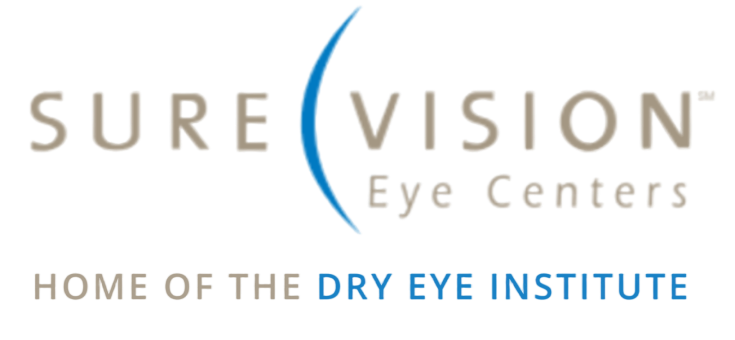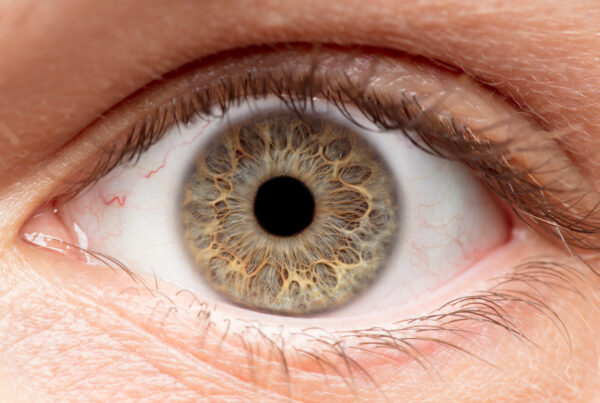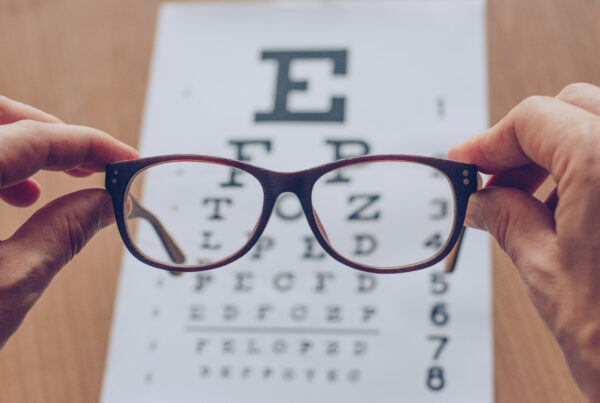
So, the year is 2020 and that’s got everyone thinking about vision, because we all recognize normal vision as being 20/20. But what does that really mean? Most people don’t know, and even some eye doctors can’t explain it to you so you can understand easily. Let me try.
Back in 1862, yes more than 150 years ago, a Dutch eye doctor named Herman Snellen published an eye chart with letters that have black spaces and white spaces that are the same width. Only certain letters and numbers were on the chart to keep the width of the lines and spaces the same. So, you won’t see a Q or a W on an eye chart. The height and width of each letter was 5 times the thickness of each line. So, it was very symmetrical. That’s how the letters got to look the way they do!
The rest of it, takes a little optics and science to understand, but here’s the easy way to think about it. The 20/20 represents what a normal eye should see at a distance of 20 feet. So, if you can see what a normal eye should see 20 feet away, you have 20/20 acuity. If you can see at 20 feet what a normal eye can see from 50 feet away, then you’re not seeing so good, and that would be 20/50 vision. So, if someone with a normal eye can read the letters 200 feet away, and you need to stand so close you’re only 20 feet away to see them, your acuity is lousy, and would be 20/200.
Now we live in a changing world, where a lot of measurements are becoming metric. So visual acuity is changing too. 20 feet is about 6 meters, so in the metric acuity system, your normal vision would be 6/6. And if that weren’t complicated enough, some groups want us to look at the vision fraction as a decimal. So, 20/20 or 6/6 would be 1.0, and 20/40 or 6/12 would be 0.5 and that just makes it less intuitive to understand vision. Part of the problem is that in the old days, vision was always tested at a distance of 20 feet. If you’re old enough to remember, there was a long 20-foot hallway with the eye chart at the end, and you would stand at a line and try to read the letters.
Now in modern times, we don’t have that much space available for every eye doctor to have a long 20 foot corridor to measure vision, and typical exam rooms are only going to have 6-8 feet from where a patient sits, to the wall in the room where the eye chart is located. That led to having mirrors in the exam rooms to bounce your vision from one mirror to another until it lands on the eye chart, making the distance from you to one mirror to another mirror to the chart, the full 20 feet.
Even more recently, we use video screens that use a computer to resize the letters based on the distance the patient sits from the screen. The other advantage of using the computer is that it can scramble the letters on each line to prevent you from memorizing the 20/20 letters. I can still remember that the 20/20 letters when I was younger were TZVECL.
Early on, I said there was some science involved with understanding the acuity chart. So, for those who are into that, the anatomy of the normal retina should allow discrimination of spatial patterns of one minute of arc. That is what the thickness of the letter’s dark lines and white spaces project onto your retina from 20 feet or 6 meters away. Confusing enough?
My point is that in the year 2020 we want everyone to have their best possible vision. Hopefully that will be 20/20!
Request an Appointment


